Description
Stainless Steel Parallel Bars
Stainless steel parallel bars are robust and versatile pieces of equipment primarily used in physical therapy and rehabilitation, though they also have applications in gymnastics and construction.
Key Features and Applications:
Core Function: Their main purpose in a medical setting is to provide a stable, supportive framework to assist patients with gait training (re-learning to walk), balance exercises, improving coordination, and regaining strength and mobility after an injury, surgery, or illness.
Material Excellence: The use of stainless steel (often medical-grade like 316) is a critical feature, offering significant advantages:
Durability and Strength: Stainless steel provides high structural integrity, capable of supporting substantial weight (up to 200 kg or more), which is essential for patient safety.
Corrosion Resistance: This makes the bars ideal for environments with moisture, such as general healthcare facilities, and especially for use in aquatic (water-based) rehabilitation pools, where resistance to water and chemicals is crucial.
Hygiene: The smooth, non-porous nature of stainless steel is easy to clean and sterilize, making it suitable for hospital and clinical use.
Adjustability: Modern parallel bars are typically designed to be highly adjustable to accommodate users of different heights (adults and children) and body widths. This is often achieved through telescopic uprights and setting pins or electric motors for easy, precise adjustments in both height and width.
Design Variations:
They commonly feature two long, parallel handrails, usually made of stainless steel tubing, mounted on a base (sometimes wooden with non-slip matting) or as a freestanding unit.
They can be freestanding, platform-mounted, floor-mounted (fixed), or wall-mounted depending on the facility’s needs.
Lengths are often standardized (e.g., 8, 10, or 15 feet) for walking exercises.



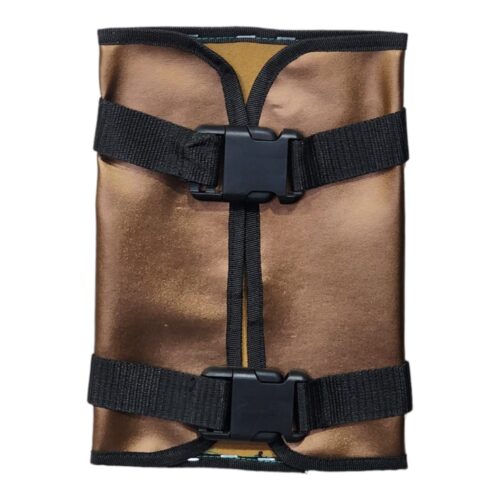
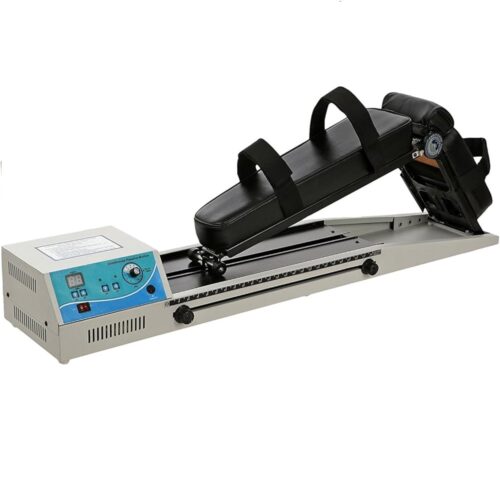
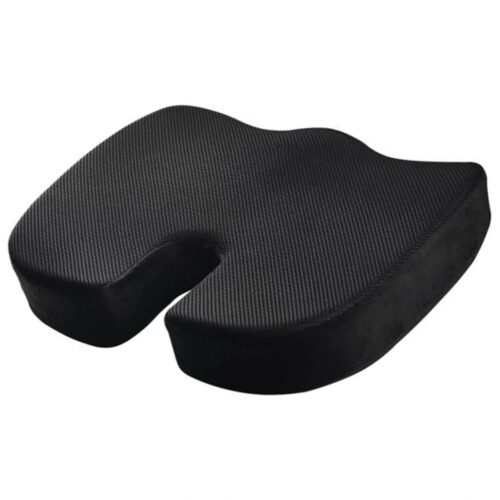
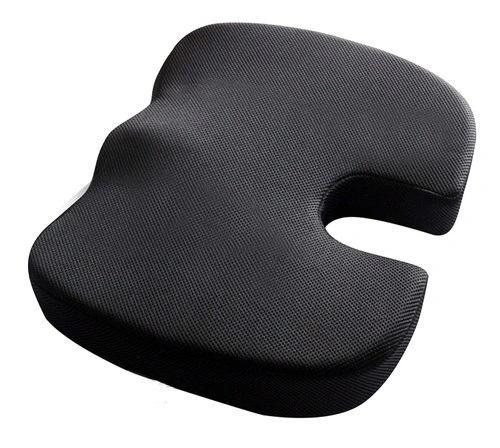







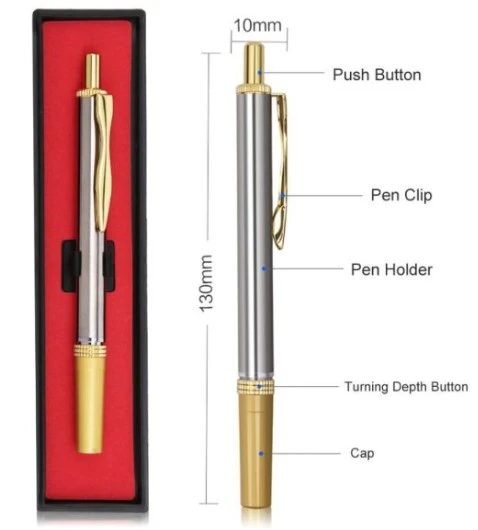
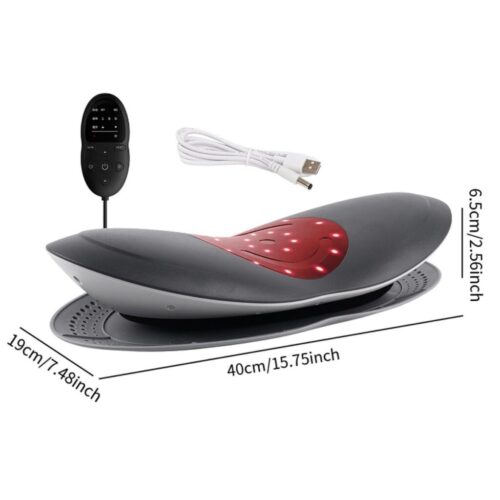

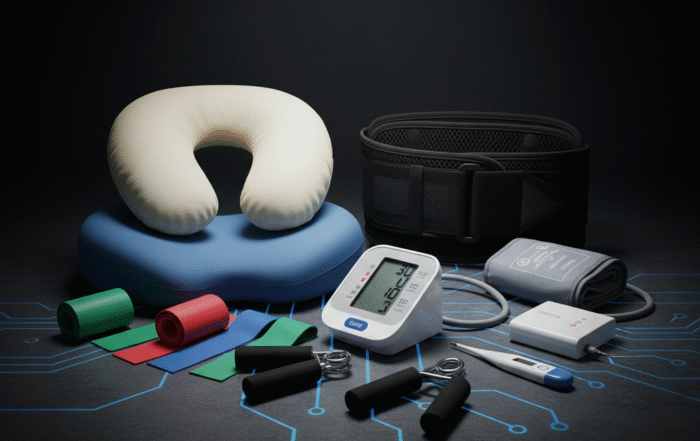
Reviews
There are no reviews yet.